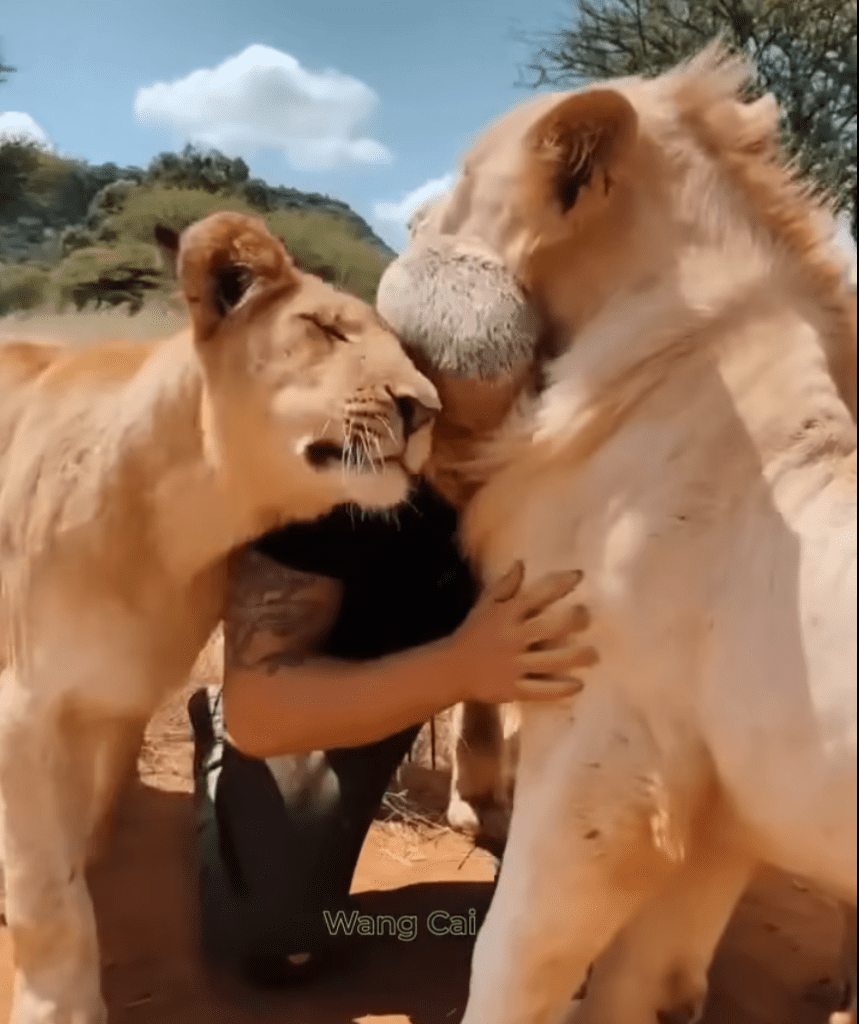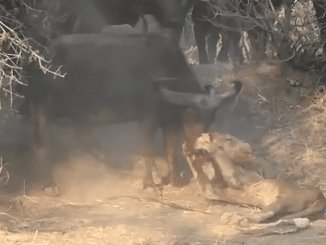The Decline of the African Lion Population
The African lion, once abundant across the continent, has faced severe population decline in recent decades. According to conservation experts, lion numbers have dropped by nearly 50% over the last 25 years. Habitat encroachment, illegal hunting, and conflicts with local communities have contributed to this sharp decline. As apex predators, lions play a vital role in maintaining the balance of ecosystems, so their absence has had significant repercussions on biodiversity.


The Vision Behind “Lion Back Home”
“Lion Back Home” was conceived as a response to this alarming crisis. The primary goal of the project is to reintroduce lions into protected areas where their populations have been decimated. These areas are carefully chosen based on ecological suitability, prey availability, and the support of local communities.
The initiative involves a multi-pronged approach, including:
- Breeding Programs: Carefully managed lion breeding programs ensure the genetic diversity of reintroduced lions.
- Habitat Restoration: Efforts are made to rehabilitate habitats to provide ample prey and water sources for the lions.
- Community Involvement: By engaging local communities, the project promotes sustainable tourism, educates the public on conservation, and fosters coexistence between humans and wildlife.


The Role of Technology in Conservation
Technology has played a pivotal role in the success of “Lion Back Home.” GPS tracking collars allow conservationists to monitor the movements and behavior of reintroduced lions in real time. This enables them to quickly intervene if any issues arise, such as potential conflicts with human settlements or threats from poachers.
Additionally, drones and camera traps have been employed to gather data on the lions’ interactions with their environment and other species, providing valuable insights for future reintroduction efforts.
Challenges and Future Prospects
Despite the impressive strides made by the “Lion Back Home” project, challenges remain. Human-wildlife conflict continues to be a significant issue in areas where lions are reintroduced, particularly in regions where livestock farming is prevalent. To mitigate these challenges, the project includes compensation programs for farmers who lose livestock to lions, along with efforts to improve fencing and other preventive measures.
Looking forward, conservationists are optimistic about the future of lion reintroduction efforts. The success of the project has sparked interest in expanding it to other regions, with countries such as Kenya, Botswana, and Zambia exploring similar initiatives.

Conclusion: A Roaring Victory for Conservation
“Lion Back Home” stands as a testament to the power of conservation and collaboration. By bringing lions back to their native habitats, the project not only preserves one of the world’s most iconic species but also strengthens ecosystems and supports local economies through eco-tourism. As this project continues to grow, it serves as an inspiring example of how humanity can work to restore the natural world and protect it for future generations.
The lions are, indeed, back home, and their roar symbolizes hope for the future of wildlife conservation.


